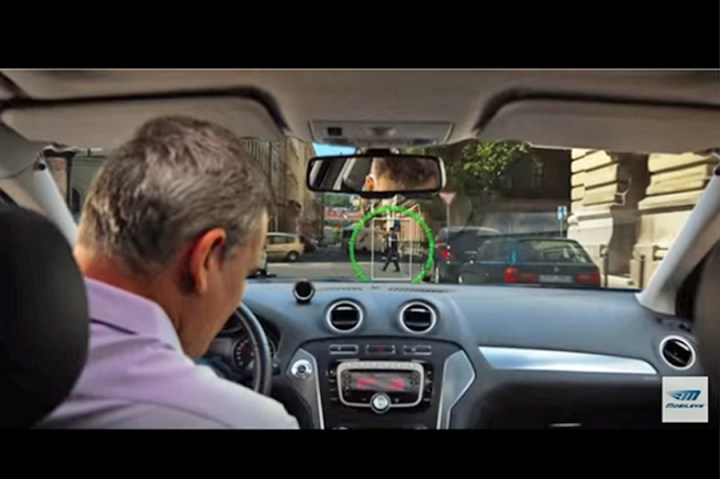
Tesla has been ramping up its hardware engineering departments, for example by hiring away chip architects and executives from AMD to work on the Autopilot system. Tesla CEO Elon Musk has often mentioned the logistical and economic benefits of bringing component production in-house when necessary and where possible.
Electrek surmised from statements made by Mobileye’s Chief Technical Officer Ammon Sashua, however, that other factors than engineering talent may be behind the split. Sashua referred to comments made by both companies earlier this month when news about a fatal crash on May 7 with a Tesla Model S using Autopilot.
Mobileye’s chief communications officer, Dan Galves, said at the time, “We have read the account of what happened in this case. Today’s collision avoidance technology, or Automatic Emergency Braking (AEB) is defined as rear-end collision avoidance, and is designed specifically for that. This incident involved a laterally crossing vehicle, which current-generation AEB systems are not designed to actuate upon.” Galves went on to say that future generation EyeQ chips would process and act upon lateral movement data.
Tesla’s response was, “Tesla’s autopilot system was designed in-house and uses a fusion of dozens of internally and externally developed component technologies to determine the proper course of action in a given scenario. Since January 2016, Autopilot activates automatic emergency braking in response to any interruption of the ground plane in the path of the vehicle that cross-checks against a consistent radar signature. In the case of this accident, the high, white side of the box truck, combined with a radar signature that would have looked very similar to an overhead sign, caused automatic braking not to fire.”
Mobileye CTO Sashua implied these statements indicate different opinions on autonomous driving, and that this was the real reason Mobileye and Tesla are not partnering on further SoC (software-on-chip) implementations. Tesla will continue to use EyeQ3 chips with the current version of Autopilot.
Mobileye did not rule out working with Tesla in the future, however, quoting Henry Kissinger, “America has no permanent friends or enemies, only interests.”
Electrek said that Tesla decline to comment officially on the Mobileye statement, but that someone in the know said that Tesla is bringing camera processing software in-house for future Autopilot versions.
Editors' Recommendations
- Tesla launches more affordable Model S and Model X, but there’s a catch
- Elon Musk suggests Autopilot was off in fatal Texas Tesla crash
- Driving hands-free with Enhanced Super Cruise in the 2021 Cadillac Escalade
- Tesla gives the Model S over 1,000 hp and a spaceship-like steering wheel
- Tesla cuts price of touchscreen upgrade by $1,000 amid recall pressure




